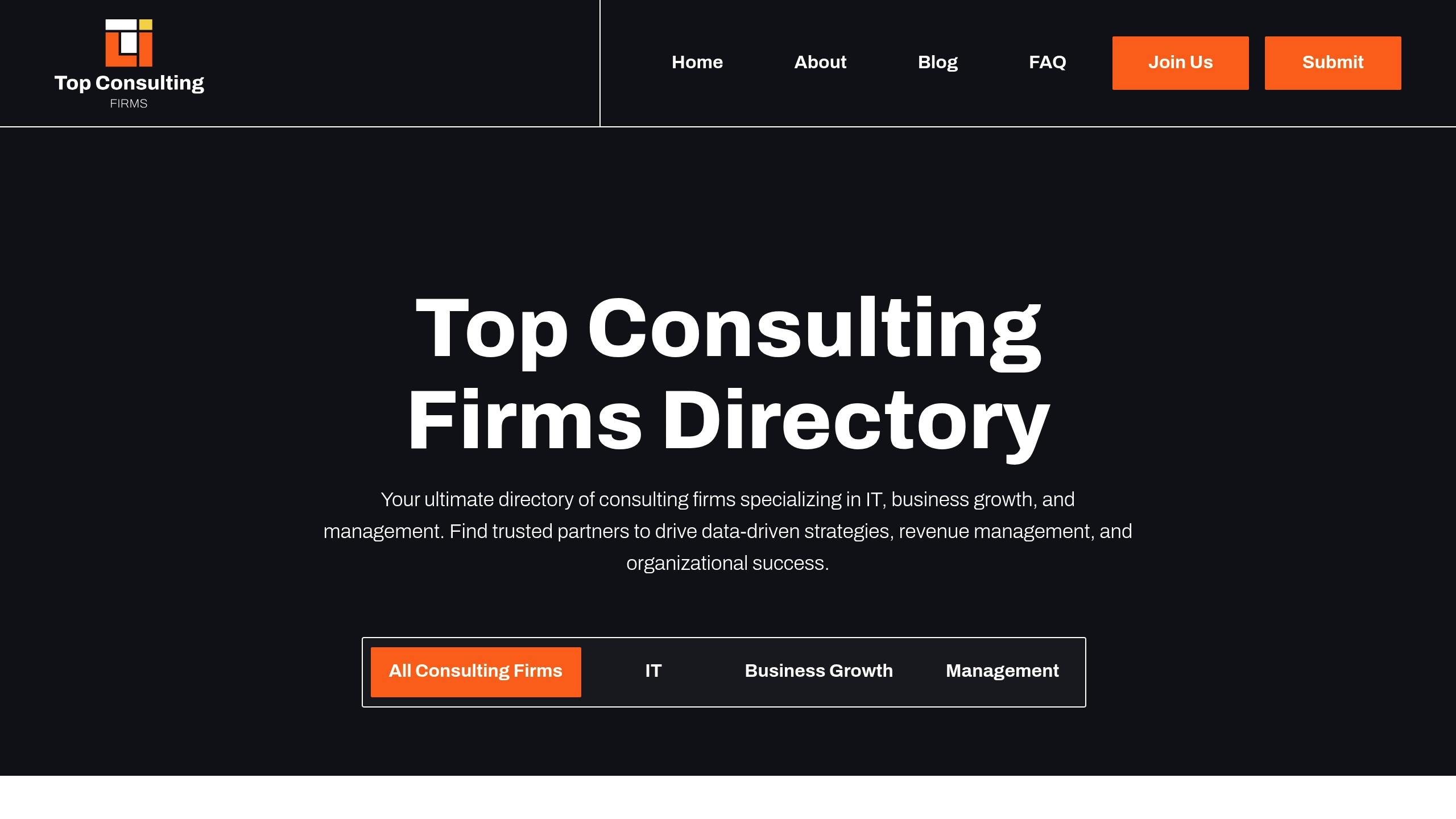Resistance to change can derail even the best plans. Here's how to tackle it effectively:
- What is Resistance Management? It's a structured approach to identify and address pushback during organizational changes.
- Why Do People Resist? Common reasons include uncertainty, trust issues, and poor communication.
- How to Manage It: Spot resistance early, involve key stakeholders, communicate clearly, and offer support systems like training and recognition.
- Key Tools: Use feedback loops, issue logs, and risk assessments to uncover root causes.
- Track Progress: Monitor employee engagement, adoption rates, and resistance trends to adjust strategies.
How to Overcome Resistance in Project Change Management
How to Spot Resistance
Resistance can sometimes be easy to spot, but subtle signs often require careful attention.
Signs of Resistance
Changes in how employees behave are often early indicators of resistance. Here are some key behaviors to watch for:
| Behavior Type | Key Indicators | Impact on Change |
|---|---|---|
| Verbal | Complaints, skepticism during meetings, negative remarks | Undermines team confidence |
| Performance | Missed deadlines, lower productivity, quality problems | Slows progress on initiatives |
| Engagement | Lack of participation, skipping training, limited feedback | Stalls adoption of new ideas |
| Passive | Silence in discussions, reluctance to contribute, delayed responses | Creates hidden obstacles |
Who Will Resist Change
Resistance often comes from specific groups or roles within the organization. Focus on these areas to identify potential pushback:
- Teams most affected by new processes
- Employees whose daily responsibilities will shift
- Departments losing resources or authority
- Staff required to pick up new skills or adapt quickly
Finding the Real Causes
Complaints are often just the surface - dig deeper to uncover the true reasons behind resistance. Here are some tools to help:
| Assessment Tool | Purpose | How to Use |
|---|---|---|
| Employee Feedback Loops | Collect direct input from those affected | Use surveys or one-on-one meetings regularly |
| Project Team Issue Logs | Track recurring challenges and concerns | Keep detailed records of issues daily or weekly |
| Risk Assessments | Identify potential resistance hotspots | Conduct structured reviews using established methods |
Open, honest feedback is key to separating individual worries from larger, systemic problems that need attention. Research shows that addressing these root causes early can reduce resistance significantly.
For large-scale changes, bringing in outside experts may be helpful. The Top Consulting Firms Directory is a resource for finding specialists who can analyze resistance patterns and suggest effective strategies.
Next, we’ll dive into practical ways to address these resistance signals.
How to Handle Resistance
Managing resistance effectively depends on strong leadership, clear communication, and reliable support systems.
Collaborating with Key Individuals
Involve crucial team members from the start. Senior leaders should explain the business rationale, while people managers handle team-specific concerns.
| Role | Responsibilities | Key Actions |
|---|---|---|
| Senior Leaders | Provide direction and support | Communicate business reasons, show visible backing |
| People Managers | Manage team-level resistance | Address concerns, ensure open feedback channels |
| Change Practitioners | Enable and guide transitions | Equip managers with tools, track progress |
Consistent, open communication reinforces these efforts and keeps everyone aligned.
Effective Communication Strategies
To address resistance, adopt these communication tactics:
- Use Multiple Channels: Share consistent messages through team meetings, emails, and one-on-one discussions. This ensures everyone gets the information, no matter their communication preferences.
- Provide Regular Updates: Keep employees informed about progress and challenges. This reduces uncertainty and builds trust.
- Encourage Two-Way Dialogue: Create feedback systems where employees can voice concerns and receive timely responses. This approach fosters collaboration and helps identify resistance early.
Offering Support and Recognition
Support systems and rewards play a crucial role in easing transitions and encouraging positive participation:
| Support Type | Purpose | How to Implement |
|---|---|---|
| Skills Development | Address skill gaps | Offer targeted training and mentoring |
| Recognition Systems | Reinforce constructive actions | Provide immediate feedback and formal rewards |
| Coaching Support | Tackle individual challenges | Use one-on-one coaching and group sessions |
For additional resources, check out the Top Consulting Firms Directory.
sbb-itb-97f6a47
Maintaining Progress
Keep resistance management on track with consistent monitoring, ongoing adjustments, and clear alignment with organizational goals.
Tracking Results
Track key metrics throughout the change process to understand progress and identify potential resistance. Use a mix of quantitative and qualitative data to get a full picture:
| Metric Type | What to Measure | How to Collect |
|---|---|---|
| Employee Engagement | Participation rates, satisfaction levels | Surveys, feedback sessions |
| Change Adoption | Implementation progress, compliance rates | Audits, usage statistics |
| Manager Feedback | Team resistance levels, support needs | Input from managers |
| Project Issues | Delays or bottlenecks caused by resistance | Assessments from project teams |
Regularly monitoring these metrics allows you to spot resistance early and adjust your strategies as needed.
Making Improvements
Refine your resistance management approach through structured reviews. The Prosci 3-Phase Process highlights the importance of post-implementation evaluations to determine what’s working and what needs adjustment.
Focus on improving these areas:
- Communication: Review how well your messages and channels are reaching their audience.
- Support Systems: Check the effectiveness of training and coaching programs.
- Leadership Involvement: Ensure senior leaders are visible and actively supporting the change.
- Resources: Evaluate how support resources are distributed and used.
Document lessons learned to create a knowledge base for future initiatives. Use these insights to set measurable goals for the next phase.
Setting Clear Goals
Tie resistance management efforts to your organization’s broader objectives by setting specific, measurable goals. OKRs (Objectives and Key Results) can help align your Resistance Management Plan with your overall change strategy:
| Objective Level | Focus Area | Example Metric |
|---|---|---|
| Strategic | Overall change adoption | Percentage of teams meeting milestones |
| Tactical | Resistance reduction | Number of resolved resistance cases |
| Operational | Support effectiveness | Average response time to resistance issues |
This approach ensures your resistance management efforts directly support your organization’s goals.
"Much resistance can be prevented by applying effective change management from the start of a project. Early identification and addressing of resistance points are key to successful resistance management." - Prosci Research
Combining consistent tracking with flexible responses ensures your strategies remain effective and aligned with organizational priorities. Regular assessments help keep resistance management efforts on course.
Getting Expert Help
When internal efforts hit a wall, bringing in outside expertise can make all the difference. Major changes often come with challenges, including resistance, that require a skilled approach. Experienced consultants can step in with tried-and-tested methods, uncovering root issues that internal teams might miss.
Here are some key areas where consultants can make an impact:
| Support Area | Consulting Services | Expected Outcomes |
|---|---|---|
| Strategic Planning | Readiness assessments, stakeholder analysis | A clear plan to address resistance effectively |
| Leadership Development | Executive coaching, manager training | Stronger leadership to navigate change smoothly |
| Implementation Support | Process design, communication planning | A structured framework for managing resistance |
| Measurement & Analytics | Progress tracking, impact evaluation | Actionable data to guide adjustments |
Top Consulting Firms Directory

This directory connects businesses with experts in areas like:
- Organizational change and strategy
- Digital transformation projects
- Employee engagement and workplace culture shifts
- Leadership coaching and development
When choosing a consulting firm, prioritize their experience with similar challenges and their methods for addressing resistance. Look for firms that focus on preventing resistance rather than just fixing issues as they arise.
Here’s what to consider when evaluating potential consulting partners:
| Selection Criteria | What to Look For |
|---|---|
| Experience | A proven track record with comparable initiatives |
| Methodology | A structured, proactive approach to resistance management |
| Support Model | Ongoing guidance and coaching availability |
| Cultural Fit | Alignment with your organization’s values and goals |
A great consulting partner should enhance your internal strengths while offering specialized knowledge. Their role is not just to solve problems today but to help your organization develop lasting strategies for managing change effectively.
Wrapping It Up
Key Takeaways
Managing resistance effectively is a cornerstone of successful organizational change. The secret lies in taking a planned and structured approach, rather than scrambling to react when challenges pop up. Organizations that weave resistance management into their change efforts are far more likely to hit their goals.
A solid strategy is built on three main areas: Prevention (spotting and assessing resistance early), Leadership Engagement (active involvement and visible backing from executives and managers), and Ongoing Support (consistent feedback, removing obstacles, and recognizing efforts).
These principles translate into actionable steps you can start using right away.
Steps to Take
Here’s how to put these ideas into motion:
- Set Up a Resistance Management Framework: Schedule regular assessments to catch and address issues before they grow.
- Get Leaders Actively Involved: Make sure senior leaders visibly support the effort, and train managers to handle resistance effectively.
- Establish Clear Communication and Support Systems: Use various feedback tools like anonymous surveys, team meetings, town halls, and dedicated help channels.
- Monitor and Adjust: Track resistance trends using models like ADKAR, and tweak your strategies as needed.
Managing resistance isn’t a one-and-done task - it’s an ongoing effort that demands consistent attention. By following these steps, organizations can minimize pushback and speed up the adoption of change.
For more guidance, check out the Top Consulting Firms Directory.
FAQs
How to deal with employees who resist change?
Address employee resistance by focusing on training, involvement, and ongoing support. Start by gathering their feedback through surveys, focus groups, or one-on-one discussions before rolling out any changes. Include employees in creating and executing the change management plan, and maintain regular communication to check progress and resolve challenges as they arise.
This method helps create a smoother transition by addressing concerns early and building trust.
What is resistance management in change management?
Resistance management involves identifying and addressing individual resistance within a larger change initiative. It's a structured approach designed to ensure smoother transitions and greater acceptance of changes. This goes beyond just handling complaints - it focuses on fostering engagement and adoption throughout the project.
Key components include:
- Early assessment and planning to prevent resistance
- Active management during the implementation phase
- Ongoing monitoring and fine-tuning of strategies
What is a strategy for overcoming resistance to change?
Tackle resistance by using open, two-way communication that directly addresses common concerns such as:
- Uncertainty about the need for change
- Fear of losing control or influence
- Misalignment with organizational goals
- Anxiety about the unknown
Use specific feedback channels to strengthen communication, such as:
| Communication Channel | Purpose |
|---|---|
| Anonymous Surveys | Collect honest input without fear of backlash |
| Team Meetings | Encourage group discussions and shared solutions |
| One-on-One Sessions | Handle individual concerns with tailored support |
| Digital Platforms | Keep communication ongoing and resolve issues quickly |
These tools help you build a robust framework for managing resistance. If you need expert guidance, check out the Top Consulting Firms Directory to find professionals who can assist with creating effective change management strategies.


